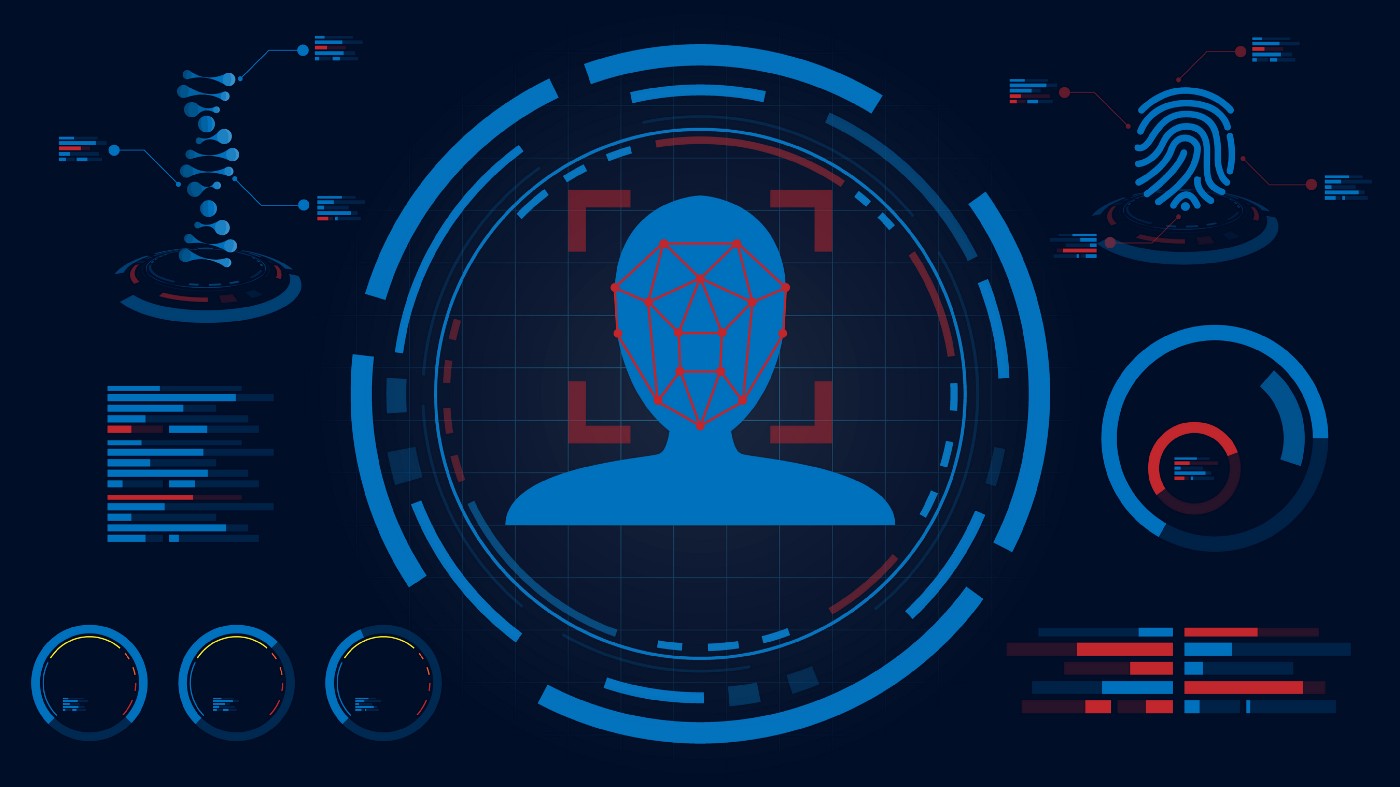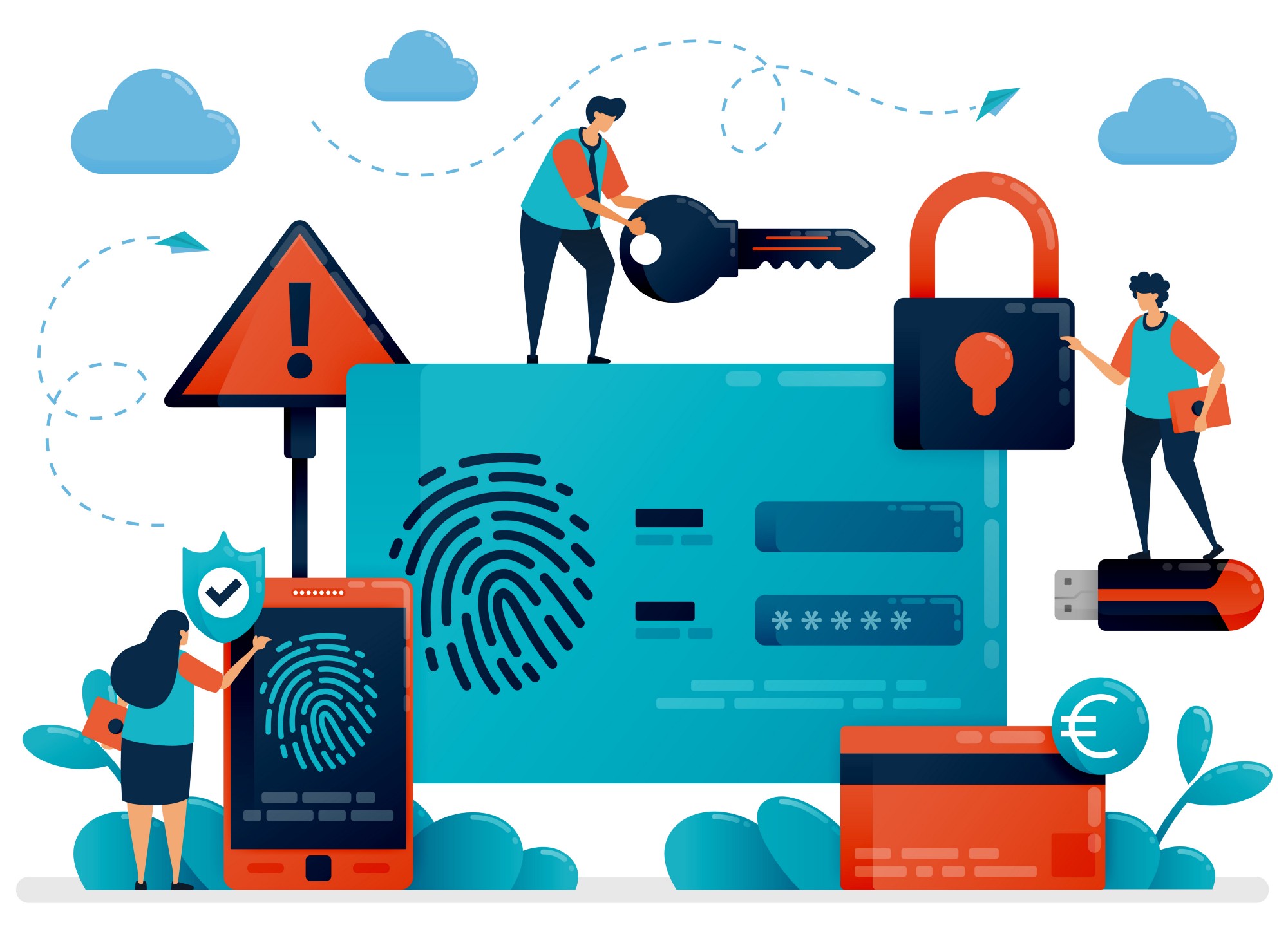Good news: Increased security and a seamless UX aren’t mutually exclusive
A recent payment intelligence report from Fraugster unearthed plenty of unsettling stats from the past year: online fraud accounted for about $80 billion in losses; false positives negated $14 billion worth of legitimate transactions; and gaming fraud increased by an all-time high of 32%.
However, the most sobering takeaway from the report might be the ongoing surge of identity fraud and its various forms. A nefarious hydra of account takeover (ATO), credential stuffing, and synthetic identity fraud—which saw a 109% increase—is outwitting cybersecurity defenses left and right.
This is a head-scratcher for B2C companies, specifically CXOs, CMOs, CISOs and their security teams. Users are more wary of fraud than ever, yet 85 percent of them dislike companies with identity verification issues. How do you bolster fraud prevention efforts without compromising the user experience (UX)?
Rest assured, we are doom-slayers, not doomsayers. Below, we’ll dive a bit deeper into ATO, credential stuffing, and synthetic identity fraud, then show you how top-notch fraud prevention and seamless UX can indeed play on the same team.
Synthetic identity fraud (+109%)
Considering synthetic identity fraud is firmly on the Federal Reserve’s radar, its 109% YoY increase makes sense. Only two years ago, in 2020, synthetic identity fraud cost financial institutions $20 billion.
Synthetic identity fraud occurs when bad actors combine legitimate emails, phone numbers, and other personal info from disparate identities to create a bogus “Frankenstein identity” capable of circumventing customer verification. Parents of newborns with recently minted social security numbers should be extra vigilant because those fresh SSNs are a gold mine for fraudsters.
The most frustrating aspect of synthetic identity fraud is its elusiveness: identifying the Dr. Frankenstein behind a Frankenstein identity is incredibly difficult. Synthetic fraudsters are also more patient, often taking out smaller loans and paying bills on time to remain incognito.
Account takeover (+52%)
Account takeover, when fraudsters use stolen customer credentials to hijack an account and purchase goods, jumped 52% from last year. This is due in part to an uptick in card-not-present (CNP) transactions, e.g., transactions made online or over the phone that don’t make use of the EMV chip present in debit and credit cards.
Once an account is taken over, the possibilities are endlessly disastrous. In 2021, the three most likely post-ATO activities were making fraudulent purchases; extracting money from person-to-person apps, such as PayPal or Venmo; and editing account info in case a future transaction prompted a verification request. Another unhappy result of ATO, loyalty point theft, is on the rise, mainly due to the downturn in travel and leisure during COVID-19.
It goes without saying that account takeover victims—and customer support teams—don’t look back on the experience with glee. According to Javelin Research, ATO attacks can cost customers more than $290. Customers also spend 15+ hours undoing the wreckage.
Credential stuffing (+45%)
Credential stuffing, an identity fraud tactic that’s essentially a malicious game of trial-and-error, grew 45% from the previous year. With the final quarter of 2022 closing in fast, B2C businesses and their users must be on guard as credential stuffing attacks rise 10x amid the holiday shopping fracas.
Similar to account takeover and synthetic identity fraud, the credentials that aid these attacks often derive from security breaches. Leaked usernames, passwords, social security numbers and the like get peddled on the dark web for as much as $15K and as little as a few dollars. Per IBM, around 30,000 account credentials were sold on the dark web in 2021—in some cases, sellers even offer 1-2 week refunds if buyers can’t access the promised account.
Have your cake, eat your cake
For those keeping score at home, synthetic identity fraud, account takeover, and credential stuffing attacks: not fun. But they aren’t invulnerable either, and, even better, you can wipe them out while still maintaining a frictionless UX.
The trick to stopping this troika of identity fraud is neutralizing the perps before they can strike. This, of course, requires a hefty chunk of real-time identity intelligence, which in turn unlocks a Trusted User Experience—the perfect balance of airtight security and a seamless customer journey. The Trusted User Experience also encompasses continuous authentication. Akin to shopping on Amazon, continuously verified users aren’t bombarded with authentication challenges that lead to abandoned shopping carts and potentially churn. If a user’s identity operates within its usual parameters, they won’t need to log in upon revisiting a site or app.
On the security side, real-time identity intelligence preempts identity fraudsters who have access to behemoth data sets. The average fraud prevention solution—tools that depend on static, historical data alone (names, emails, physical addresses, SSNs)—can’t compete with these bad actors, as most of this data is already up for grabs on the dark web. If businesses want to protect their finances and reputations, a massive stockpile of real-time, dynamic data (user activity, IP address, device, geography, etc.) and the resulting risk and trust signals is the way.
Thanks to the Deduce Identity Network and its MAMAA-like hoard of dynamic, real-time identity intelligence, creating a secure yet seamless UX is easier done than said.
Our Identity Network is the largest real-time identity graph for fraud in the US. It gathers more than 500 million unique user profiles and over 1.4 billion daily activities from 150,000+ websites and apps. This data continues to grow by the minute, delivering a Trusted User Experience that preemptively recognizes legitimate users and bad actors in equal measure.
Want to have your Trusted User Experience cake and eat it, too? Contact us today and get started in just a few hours.

![Deduce in the Wild: Hunting Fraud in the Online Savanna [Video]](https://www.deduce.com/wp-content/uploads/2022/09/AnimalsInForestSilhouettes-scaled.jpg)














